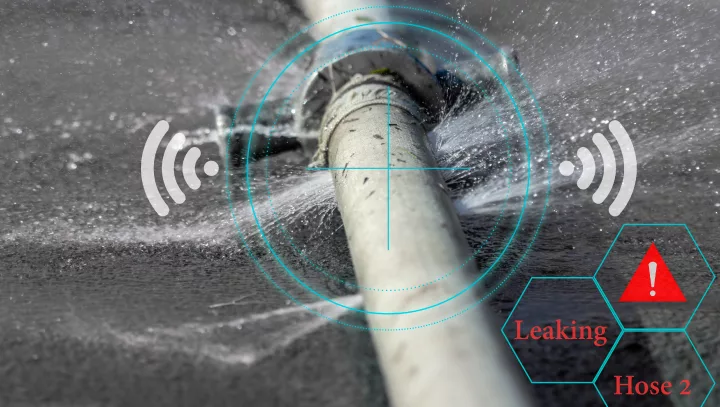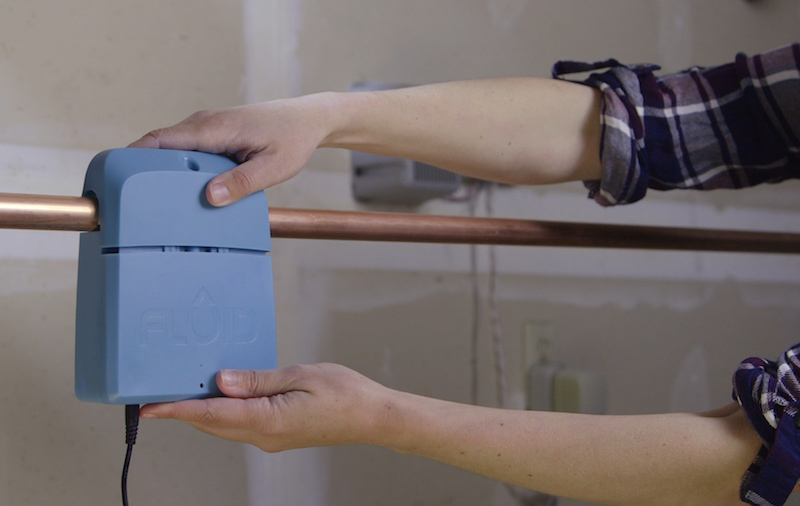Innovative Solutions for Very Early Detection of Water Leaks in Buildings and Framework
As the integrity of structures and infrastructure is extremely important, the difficulty of very early detection of water leakages has stimulated ingenious options that promise to reinvent the way we guard against prospective problems. From advanced leakage detection innovations to the release of IoT sensors for real-time surveillance, the landscape of leakage prevention is advancing quickly. Equipment learning algorithms supply a look into the future of leak prediction, while thermal imaging offers a non-intrusive approach for pinpointing concealed leakages. Automated water circulation analysis systems are reshaping exactly how leakages are recognized and addressed, paving the method for an aggressive method to water leakage discovery. Each of these remedies holds the key to guaranteeing the dependability and long life of our constructed environment, triggering a shift towards a much more lasting and reliable future.
Advanced Leakage Discovery Technologies
Advanced leak detection technologies, geared up with innovative sensors and formulas, play a crucial role in swiftly recognizing and pinpointing water leakages in different settings. These innovations utilize a mix of acoustic, thermal, and electromagnetic noticing techniques to detect leaks accurately. Acoustic sensing units find the noise of leaving water, allowing for precise localization of the leakage resource. Thermal imaging spots temperature adjustments brought on by water leakage, offering another reliable technique for leakage recognition. Electromagnetic sensing units can determine changes in electromagnetic areas triggered by water, offering yet one more layer of leak discovery capability.

IoT Sensors for Real-Time Tracking
In the world of modern water leak detection, the combination of IoT sensing units for real-time surveillance represents a critical innovation in enhancing proactive leak detection abilities. These sensing units supply continual monitoring of water supply, providing real-time data on water flow rates, pressure variations, and temperature changes. By leveraging IoT innovation, these sensors can find also the tiniest abnormalities in water use patterns, enabling very early recognition of possible leakages prior to they intensify into major issues.
IoT sensors transmit data to a centralized platform, where advanced formulas assess the details and create informs or notices when irregularities are spotted. This real-time tracking capability allows residential property owners or facility supervisors to without delay attend to leaks, decreasing water damages, minimizing repair work costs, and preserving water sources.
Additionally, IoT sensors can be incorporated with building management systems, allowing for computerized actions to spotted leakages, such as closing off water valves or turning on pumps to mitigate the impact of leaks. In general, the implementation of IoT sensing units for real-time tracking considerably boosts the efficiency and performance of water leak discovery in buildings and infrastructure.
Artificial Intelligence Algorithms for Leakage Prediction

One trick benefit of utilizing machine learning for leak prediction is its capacity to constantly learn and boost its accuracy with time. As even more data is accumulated and fed right into the algorithm, it can improve its predictions and adjust to altering problems, eventually increasing the integrity of leak discovery systems.
Additionally, artificial intelligence algorithms can aid in determining subtle indications of leakages that might go undetected by standard monitoring techniques. water leak detection. By analyzing complicated data embed in real-time, these formulas can supply early cautions and alerts, enabling for punctual intervention and preventative maintenance to alleviate prospective water damage and connected prices
Utilizing Thermal Imaging for Leakage Discovery
Thermal imaging technology provides an appealing strategy for detecting water leaks in numerous systems and facilities. By using infrared radiation and temperature level differences, thermal imaging electronic cameras can recognize hidden leaks that are not conveniently noticeable to the nude eye.
Among the vital benefits of thermal imaging for leakage discovery is this contact form its non-intrusive nature. Unlike typical approaches that might need getting into walls or floors to situate leakages, thermal imaging permits for non-destructive screening. This not only saves time and reduces costs but also minimizes disturbance to the structure or facilities being examined. Furthermore, thermal imaging can rapidly scan huge locations, offering an extensive overview of possible leakage sources in a timely fashion. In general, using thermal imaging innovation enhances the performance and accuracy of water leak discovery, making it a useful tool for keeping the stability of buildings and frameworks.
Automated Water Flow Evaluation Solutions
Just how can automatic water circulation analysis systems change the detection and monitoring of leaks in different systems and facilities? Automated water flow evaluation systems provide a proactive technique to leak detection by continually checking water flow rates and patterns. By developing standard data, these systems can promptly identify inconsistencies that may suggest a leakage, allowing prompt treatment to prevent substantial damages.
These systems utilize sophisticated formulas to evaluate real-time data and give instant signals when anomalies are found, enabling swift action to be taken. In addition, automated water flow analysis systems can be integrated with structure management systems or IoT platforms, improving general performance and my site enabling remote monitoring abilities.
Moreover, the data gathered by these systems can be made use of for anticipating upkeep functions, assisting to determine potential powerlessness in the facilities before leaks occur. On the whole, the execution of computerized water circulation analysis systems can considerably improve leak detection and management techniques, inevitably causing set you back savings, reduced water wastefulness, and raised sustainability in structures and framework.

Verdict
To conclude, the integration of advanced leak detection technologies, IoT sensing units, machine learning algorithms, thermal imaging, and automated water flow analysis systems offers innovative solutions for early detection of water leaks in buildings and infrastructure. These technologies enable real-time monitoring, forecast of leakages, and effective discovery techniques to protect against water damages and wastefulness. Implementing these remedies can help in preserving the stability and sustainability of water systems in various setups.